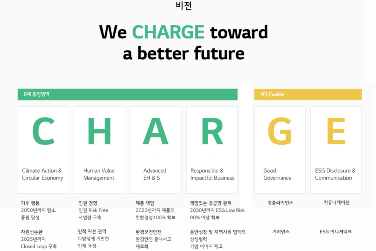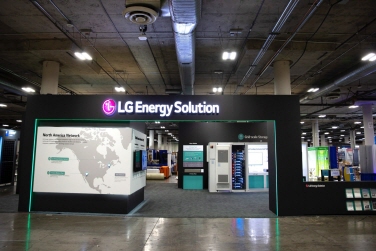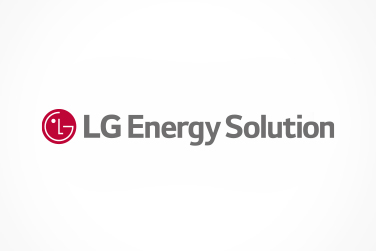■ LG Energy Solution posts the quarterly revenue of KRW 7.648 trillion and operating profit of KRW 522 billion in 3Q, 2022
■ Strong quarterly performance made possible by enhanced profitability across all product line-ups and favorable exchange rate
■ The company to secure global leadership and enhance profitability through its business strategies targeting the North American market
SEOUL, October 26, 2022 – LG Energy Solution (LGES; KRX: 373220) today announced its third quarter financial results, marking a record-high quarterly revenue and enhanced operating profits. The company also announced specific business strategies for the North American market, which is deemed most important for LGES’s continued growth in revenues and profitability.
LGES reported its third quarter financial results of KRW 7.648 trillion in consolidated revenue and KRW 522 billion in operating profit. The third quarter revenue of 2022, the highest quarterly record ever, increased by 50.8 percent and the operating profit by 166.8 percent from the previous quarter. Compared to the same period last year, the revenue increased by 89.9 percent and the operating profit marked a turnaround. The third quarter also marked the highest operating profit, excluding the second quarter of 2021, which included one-off factors such as provisions related to recalls and a lump-sum payment of license fee from another industry player.
“We have increased the shipment of EV batteries thanks to improved demand in EU and North America, which eventually led to the boost in revenue,” said Chang Sil Lee, CFO of LG Energy Solution at the conference call. “Increased sales of energy storage systems (ESS) for power grids in the North American market, and batteries for newly launched IT devices also contributed to the strong quarterly performance.”
Profitability increased across all product line-ups due to economies of scale led by top-line growth, reflection of cost increase including raw material prices into ASP, general improvements in productivity, and favorable exchange rates.
■ Business Strategy for the North American Market
LGES also announced its specific business strategies targeting the North American market based on the company’s mid- to long-term corporate strategy it revealed earlier this year aiming at tripling the revenue and achieving double-digit operating profit margin in five years.
The company’s objective to increase its presence in North America mainly comes from the positive market forecast, as the region’s EV market is expected to expand by 33% (compound annual growth rate, CAGR) by 2030. Such growth rate is significant when compared to the European and Chinese markets, in which 26% and 17% growth rate is expected during the same period, respectively.
The U.S. government’s new policies toward clean energy, such as the Inflation Reduction Act (IRA) and tightened fuel efficiency regulation (Corporate Average Fuel Economy standards), are also driving LGES’s strategy geared toward the North American market.
These new policies are reshaping the global battery industry by: 1) increasing the OEM’s production proportion for EVs, 2) heightening the importance of securing EV and EV battery manufacturing facilities in U.S., and 3) expediting the establishment of local supply chains for battery raw materials.
Responding to these market transitions underway, LGES first aims to expand its production capacity in North America, thereby expediting its efforts to secure the global market leadership. The company has now secured 250-260GWh of production capacity in North America by 2025, including the joint venture (JV) plants with prominent OEMs, such as General Motors (GM), Stellantis, and Honda. The order backlog as of September 2022 stands at KRW 370 trillion, 70% of which is from North America.
The company also plans to diversify customer portfolio and expand product line-up in North America with pouch-type EV batteries, energy storage systems (ESS), and cylindrical batteries. These initiatives will be further backed by smart factories established through the digitalization of the entire manufacturing processes.
LGES’s another core strategy is to strengthen its local supply chain for key battery raw materials through strategic partnerships with major suppliers, as well as to secure metals and metal refineries in North America and from FTA countries with U.S. The company will also increase direct sourcing of metals through equity investments and long-term supply agreements. With these measures in place, LGES plans to localize 72% of critical minerals sourcing (major cathode materials including lithium) within five years. This objective will be further reinforced by establishing a closed-loop system of used battery collection and recycling.
“We are poised to reinforce our global leadership with continued growth in revenues and profitability,” said Youngsoo Kwon, CEO of LG Energy Solution. “We will continue to focus on improving operational capability and productivity through smart factories, as well as establishing strategic partnerships with key automakers.”





